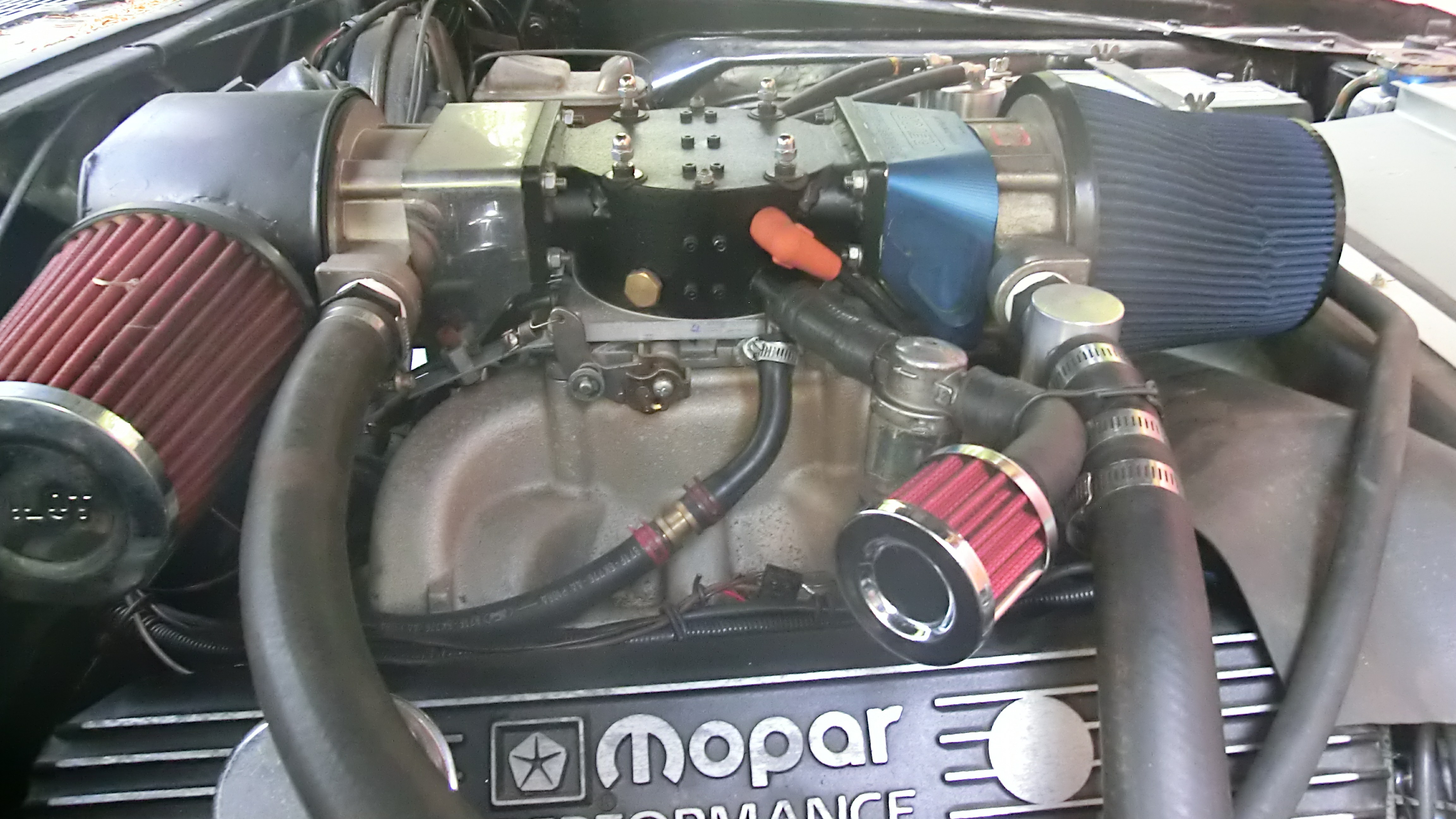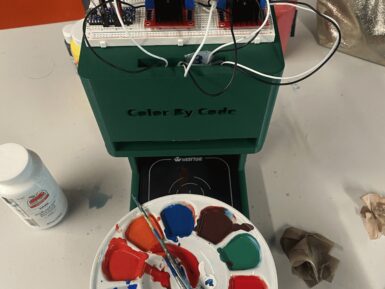
Bluetooth Low Energy 4.0 Module - HM-10
Bluetooth 4.0 module (Low Energy) compliant with ISM 2.4 GHz, master/slave operating mode with transparent data transmission, based on the Texas Instruments CC2541 chip with 256K of Flash memory and 8K of RAM.
Overview
This is a Bluetooth 4.0 (Low Energy) module compliant with ISM 2.4 GHz, with master/slave mode of operation and transparent data transmission, based on the Texas Instruments CC2541 chip with 256K Flash memory and 8K RAM.
It can be controlled through simple AT commands (via UART) or programmed with custom applications. Ideal for use in projects where Bluetooth connection is needed, such as between microcontroller and PC. Power supply ranges between 2V and 3.6Vdc.
Note: SMT mounting.
Tech specs
- Bluetooth 4.0 module compliant with ISM 2.4 GHz (HM-10)
- Uses Texas Instruments CC2541 SoC chip with 256K Flash memory and 8K RAM
- Supports master and slave modes
- RX standard gain: 19.6 mA
- TX -6 dBm: 24 mA
- Frequency: 2402 - 2483.5 MHz in 20 kHz steps
- Modulation and Data Rate: 1 Mbps, GFSK
- Number of channels: 40
- Output power: -23 to 4 dBm
- Reception sensitivity: -93dBm/-87dBm
- Stack: ATT, GATT, SMP, L2CAP, GAP
- Range: over 70 meters 10-bit ADC
- Serial interface: UART/SPI Wake-up interrupt, Watchdog Timer
- AES Security Coprocessor
- Power supply: ranges between 2V and 3.6V
- VDD ripple: 100mV max
- Current consumption (at 25°C with VDD = 3V):
- Power Mode 3 (External Interrupts): 0.4uA
- Power Mode 2 (SleepTimerOn): 0.9uA
- Power Mode 1 (3-μs Wake-Up): 235uA
- RX Standard Gain: 19.6mA
- TX -6 dBm: 24mA
- TX 0 dBm: - - Operating temperature: -40°C to +85°C
- Dimensions (mm): 27x13x1.6
- Weight: 5 grams.
Conformities
Get Inspired

Control the air/fuel mixture for a better fuel economy of a engine with a Arduino Nano.

When you want to paint the walls in your bedroom that very specific shade of Misty Irish Green, all you have to do is head to your local hardware store and have them scan the corresponding card. The paint-mixing machine will then add the pigment to a white base and, a few minutes later, you have that exact color. So, shouldn’t you be able to do the same thing with acrylic paint for hobby purposes? Now you can, thanks to the “Color By Code” machine designed by Caltech students Frida Moreno and Asmat Kaur Taunque. Moreno and Taunque built Color By Code for a class project and it is, essentially, a hobby version of those hardware store paint-mixers intended for acrylic paint. As is the standard across many industries that deal with pigments, paint, and printing, this works using CMYK (cyan, magenta, yellow, key) color mixing. Here, the key is black and the machine takes an input color value for each component, then dispenses the paint in those ratios to achieve the desired hue. That all happens under the control of an Arduino Nano Every board. That operates peristaltic pumps, via L298N motor drivers, that dispense each color. Afterwards, a flushing procedure clears the lines before the next mix. The pumps fit into a 3D-printed stand, with the hoses dropping below to a waiting container. At this time, the user must set the color values through serial commands. But the team hopes to create a Bluetooth app in the future. They also plan to add a weight sensor, which would improve the machine’s accuracy.





